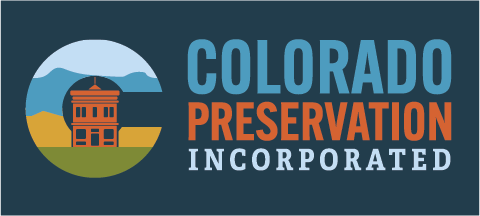Grain storage was an essential feature on most farms. This included both the storage of feed for livestock as well as the storage of grain for market, with the farmer waiting for the best price. Many farmers created additional storage on their farms in the mid-twentieth century, constructing elevators or converting barns to elevators. The government regulated these granaries as official storage. However, as government storage regulations became more stringent and grain trucks became too large to conveniently fit in farm elevators, most farmers stopped using farmstead elevators and store their crops at the commercial elevators in Amherst, Haxtun, and Holyoke.
Grain was also stored in wooden or metal bins. Often farm buildings such as garages or barns could also be converted to grain storage. Evidence of this use can be seen in roof openings used to pour grain into the building and in internal or external reinforcement of buildings with bracing.
Silos were used to store green corn. The corn fermented, creating silage that was commonly feed to dairy cows.

